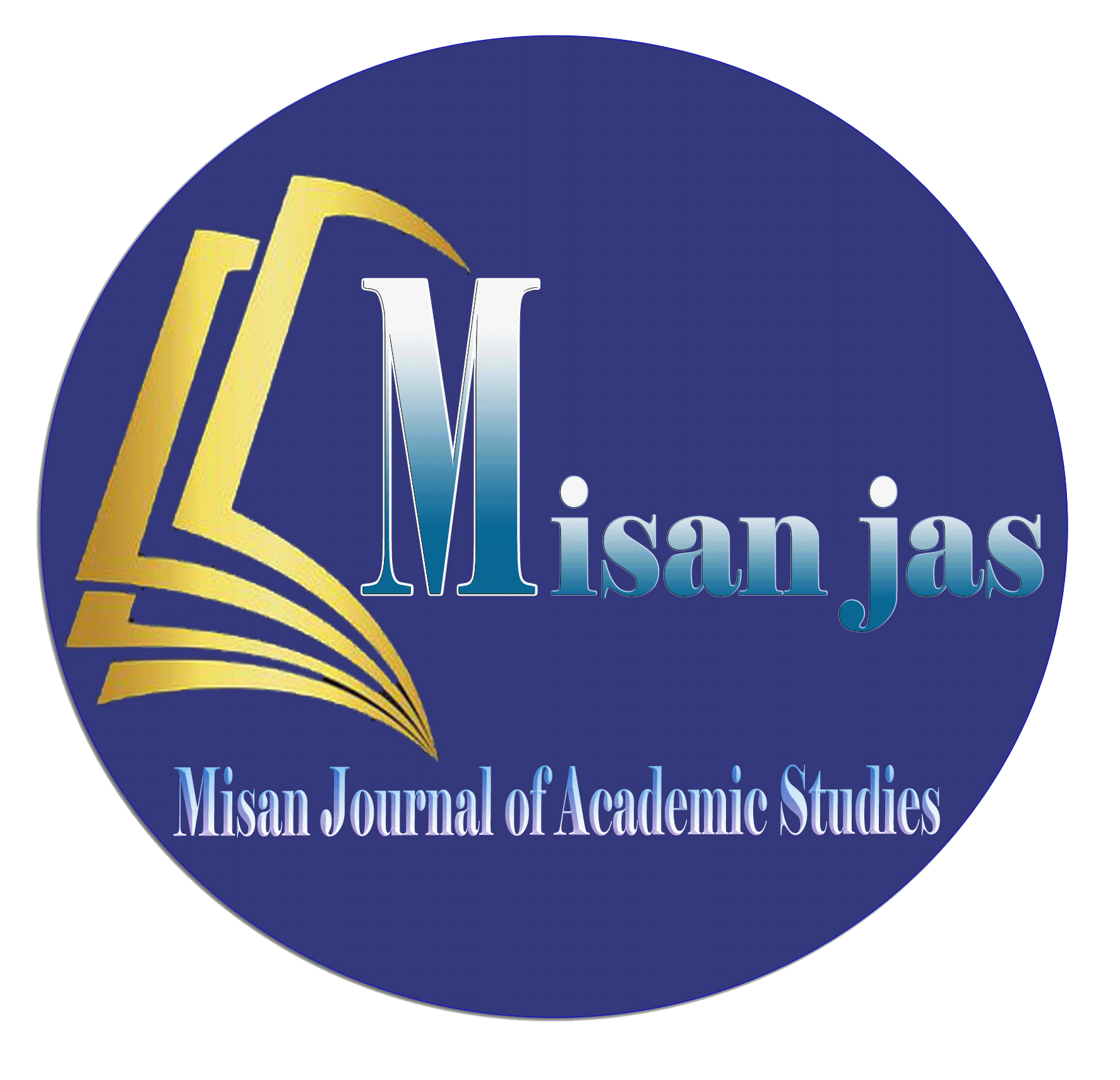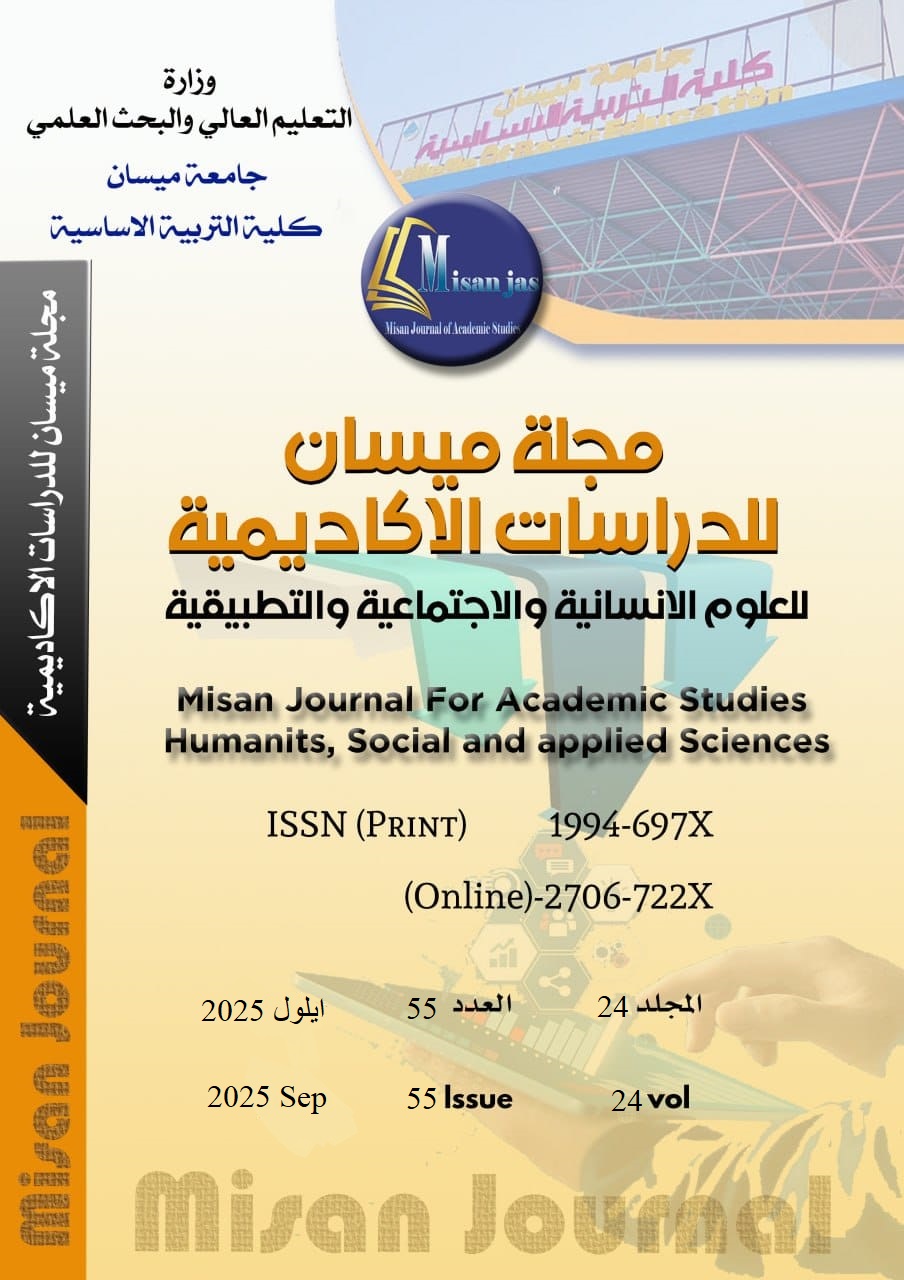Criminal Policy for Addressing Crimes of Disclosure of Occupational Secrets and Violations of Messages and Telegrams (Comparative Study)
Abstract
This thesis, examines the legal and practical dimensions related to crimes that impact the privacy of individuals and entities within the context of occupational performance. The study aims to analyze the legal foundations governing these crimes while reviewing the various legislative frameworks in multiple countries, including the legal texts pertaining to the protection of occupational secrets.
The thesis explores the legal implications of disclosing occupational secrets and details the applicable legal systems, highlighting the criminal procedures adopted in response to these violations. Through a comparative analysis of legislations, the effectiveness of the implemented criminal policies in enhancing legal protection for secrets and messages is evaluated, along with their responsiveness to contemporary challenges, such as technological advancements and modern communication means
Downloads
Copyright (c) 2025 (Humanities, social and applied sciences) Misan Journal of Academic Studies

This work is licensed under a Creative Commons Attribution-NonCommercial-NoDerivatives 4.0 International License.
The copyright is also the copyright of the magazine only.
All articles published in our magazine are subject to license terms
Creative Commons Attribution(CC BY-NC-ND 4.0) This license permits the content to be reproduced, redistributed and reused in whole or in part for any purpose free of charge, without any permission from the author(s), researcher or student.
Works submitted to Maysan Journal of Academic Studies for publication in the journal (CC BY-NC-ND 4.0) license terms. Where available content can be shared, distributed and replicated provided there is no commercial profit and appropriate credit must be given to the original source through sources or citations. It is mandatory to review any material used from other sources including shapes, tables, and images for re-use under the terms of the Creative Commons License (CC BY-NC-ND 4.0).Provided that there is no modification to the original content



